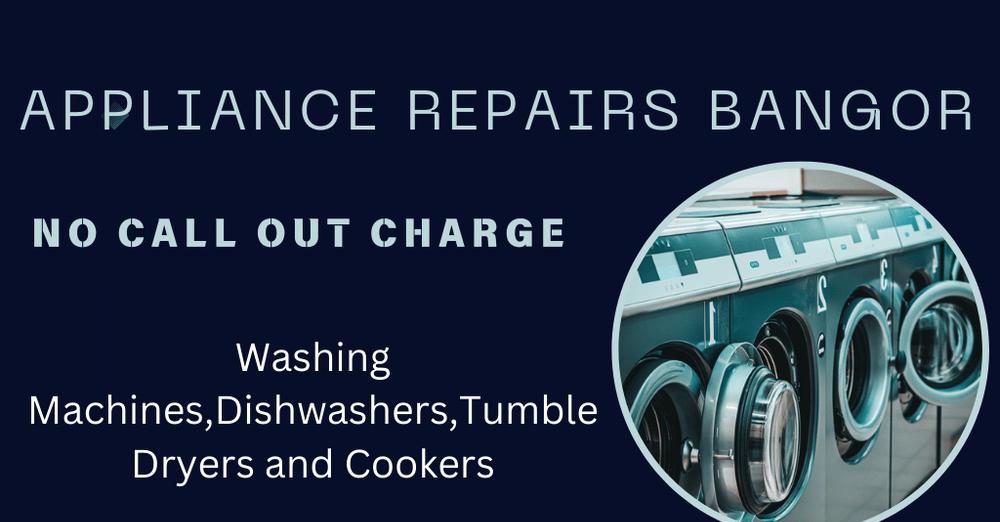1. Keep Machine Level: Place a level over your machine to ensure it’s even and that the legs are adjusted correctly. Un-level machines can cause the spinning to become off balance and increase wear and tear over time – leading to breakdowns and higher repair costs.
2. Pre-Treat Stains and Dirt: Dirt, oils and other substances in your clothes cause a great deal of wear and tear on your washing machine. Pre-treating clothes before washing them can help remove these particles, preventing them from collecting on the inside of your machine.
3. Use the Correct Detergent: Make sure to use the correct type of detergent when washing your clothes. Many high efficiency washers require liquid detergent and the use of the incorrect type can cause buildup and sludge to form in your machine.
4. Don’t Overload: Overloading a washing machine can cause the motor to work harder and increase wear and tear on parts. If the machine is too full, clothes won’t get cleaned properly either. Always read the manufacturer’s instructions for the appropriate amount of clothing that should be added to your machine.
5. Keep It Clean: Wipe down the outside and inside of your machine with a damp cloth once a month or so. This will help prevent the buildup of dirt and grime, prolonging its lifespan. Don’t forget the lint trap too!
6. Use Cold Water: Cold water is the most effective way to get clothes clean and using hot water for every load adds unnecessary stress to the machine. Cold water washes can also reduce wear and tear on the machine as well as lower your monthly energy bills.
7. Balance the Load: Be sure to balance the load when adding items to the machine. This will prevent off-balance spinning, save energy and protect the machine.
8. Give It a Break: If you’re washing multiple loads, be sure to give the machine a break between them so it has a chance to cool down. This helps prevent the motor from overheating and protects the longevity of the machine.
9. Use High-Quality Hoses: Washing hoses should be replaced every 5-7 years, so be sure to replace them regularly. Choose high-quality hoses that are designed to be durable and flexible.
10. Schedule Regular Maintenance: Longevity often comes down to regular maintenance. Make sure to schedule a professional service call to check your machine at least once a year. This will help you identify and address any problems before they become more serious issues.

